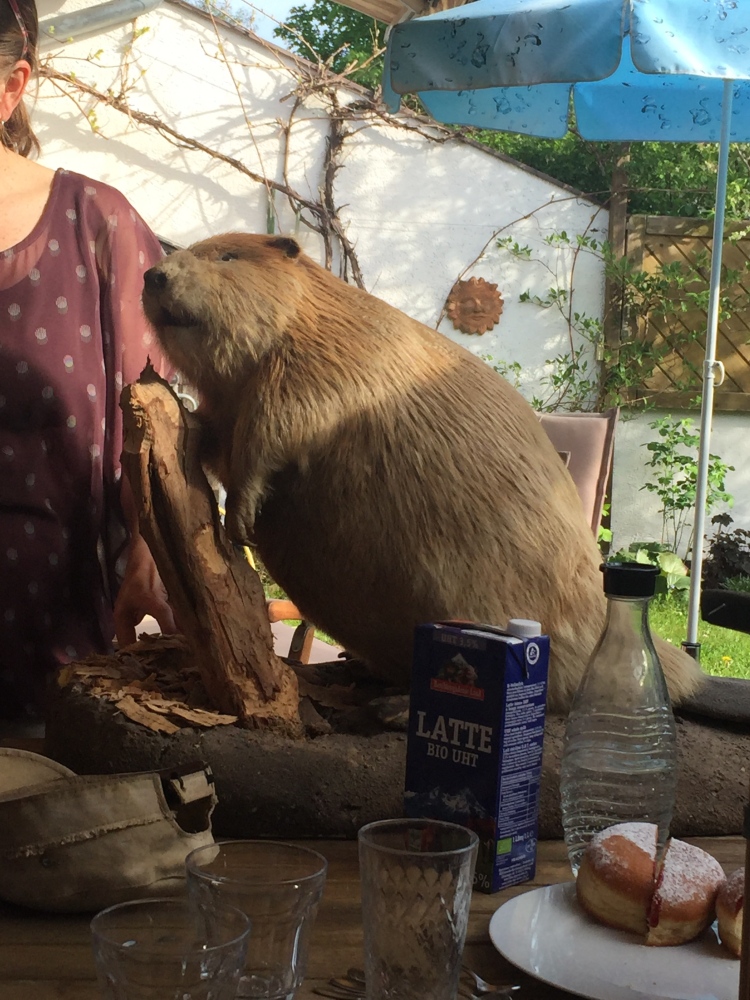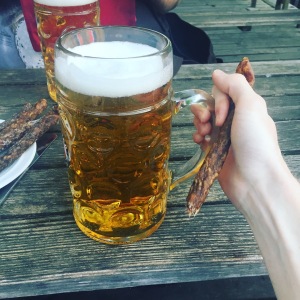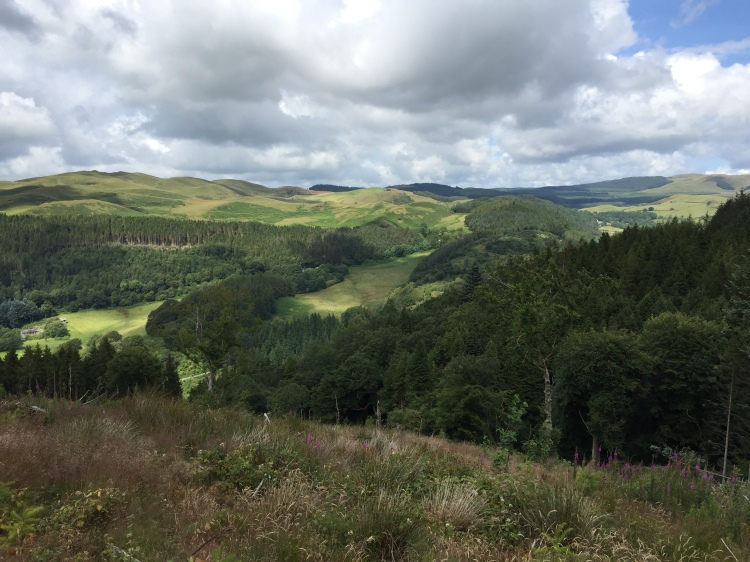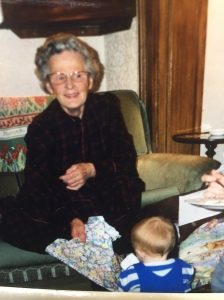
(Image: Pete Cooper)
Look behind the pop-up markets of log cabins in high streets, and office party hangovers, the mulling over how to manage your budget alongside the present shopping, and other traditional facets of a 21st century Christmas. There lies a far more ancient instinct as to why we have embraced and sculpted this time of year into the festival it is.
No, I’m not talking about the birth of Christ. Rather, the essence that Christians neatly slotted this narrative around as it stifled the old religions from Europe. It is about our putting up lights in the dark, feasting through the fast, and defiance of the death in nature around us.
The winter festival has gone through as many different guises and traditions as there have been different cultures within this part of the world, but key elements remain the same. It is generally centred on the solstice – when the day is shortest and night longest – and is a time of indulgence contrary to the gloom around us.
In true optimistic spirit, it is though we have found the faintest cry for praise (“Woo-hoo! We’re halfway through the dark!”), and in defiance of winter’s cold grip and barren landscapes, put our arms around one another and, arguably more than at any other time of year, put focus on what really matters in life.
Before I start sounding too much like Hugh Grant at the beginning of Love Actually however, that’s not to say the darkness was ignored. If anything, nature and the great unknown of winter became one with us. We stood up to the nightmare rather than cowered. We light up the dark for sure with billions of watts worth of electric lights, but why do we bring the tree, the holly, the ivy and other reminders of the wild into our homes? I’ve heard the suggestion that by adorning our living rooms with the fir, the tree that endures the winter, we can take some of that spirit with us too.
We cannot run from the dark. And so we accept it as just another friend.
Some ancient Yule traditions seem far more at home during Halloween/Samhain/Autumn equinox for example; take the Mari Lwyd. This demonic looking variation of the Obby Oss goes around the neighbourhood at night demanding entry and song from each house it stops at.

A Mari-Lwyd on the rounds. Happy Christmas.
And then there’s the 19th century trope of the ghost story at Christmas, undoubtedly championed by the Cambridge academic M. R. James (and as habit, I now try and recite one of his tales on Christmas eve).
Both of these elements acknowledge the darkness and the supernatural potential these cold nights may harbour, but rather than exclude it from our celebrations, it too is embraced.
For regardless of ghosts and demons, it is nature’s hand that we are sub-consciously respecting at Christmas. It is now more than any other time of year that wildlife is at its most vulnerable, when there is no guarantee of survival till the coming of spring, which seems so far away as to be imaginary. For our ancestors, this was also the fate of many, until even relatively recently. To celebrate Christmas is to confront the harshest point of existence that Earth throws at us.
The responses of nature to winter are just as important a part of the festive season for me as any gift-giving or excessive consumption of Baileys. The dancing cloud of a starling murmuration that throws an exuberant beat of life over the still reedbed as the winter sun throws its last orange glows. In quiet contrast, at this same moment the hen harrier on the heath quarters across a boggy mire, its isolation stark in the bleak landscape as the cold bites harder with each fading parcel of light. An ember of life with the last light in the sky.
I’m in the wood that lies beyond our gate. A woodcock catapults from the damp leaf litter. A vixen screams somewhere out in the fields, her cries becoming quieter as she dashes along the hedgerows. As the evening crawls forward, and the only discernible change in the dark smothers grey light to black, I find myself in the midst of the long night. I feel guilty in a sense. Here is a whole web of life, literally on my doorstep, fighting only to see tomorrow. I give a shiver and tighten my jacket, but this briefest meeting with the cold will soon be succeeded by the warmth of home.
Humans may have pulled the lucky trump card when it comes to living with winter, but our species memory when it wasn’t so easy still holds strong in many of our festive customs. So this Christmas, be sure to spend some time out in nature – and, like our ancestors celebrated with such jubilation, remember that we’re just that tiny bit closer to the spring.

Image: Pete Cooper










 Why are otters so endearing? This may seem obvious, what with their ‘cute’ charismatic appeal, prevalence in our culture from Wind in the Willows to
Why are otters so endearing? This may seem obvious, what with their ‘cute’ charismatic appeal, prevalence in our culture from Wind in the Willows to 
